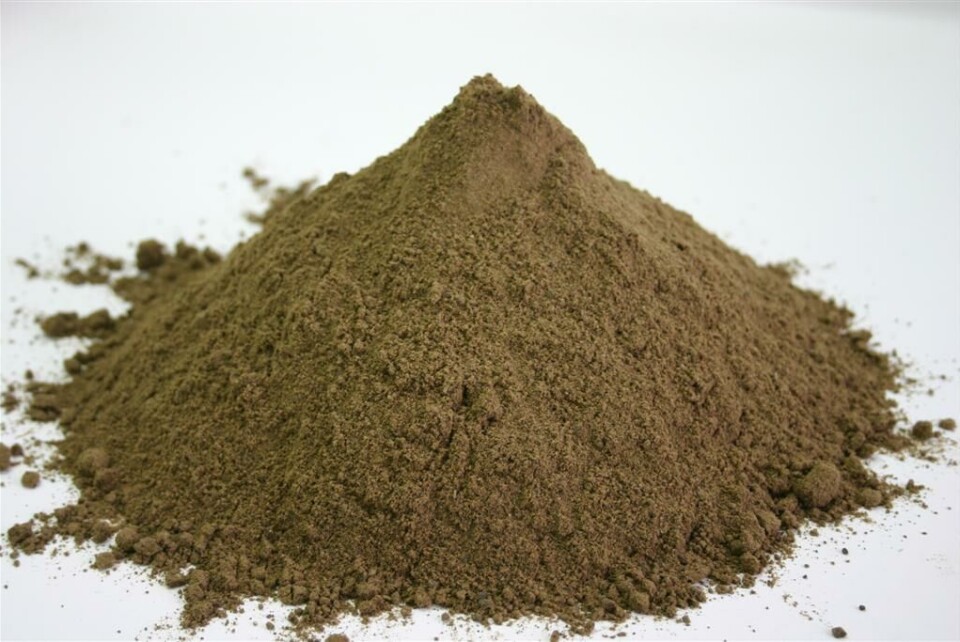
Producers of organic fish turn to tobacco
The hunt for better methods to improve fish health and for the improvement of environmental conditions of fish rearing facilities in general is an ongoing activity for most aquaculturists. In Canada, like many other countries, chemical compounds that were very effective in controlling such things as fungus on salmon eggs and on juvenile fish have been banned due to concerns about the well-being of staff handling some of these products. Available and legal substitutes have sometimes proven less than effective, and often unpractical. The only problem with this latest finding is that critics of the aquaculture business will soon be crying foul about the idea that tobacco can indeed be good for something.
But as Marvyn N. Benaning of the Manila Bulletin explains, there is more to tobacco than cigars and cigarettes, and tobacco might be a powerful replacement for chemicals that were traditionally used to disinfect empty fish rearing tanks and ponds, as well as to keep unwanted predators and other creatures out of these enclosures;
National Tobacco Administration (NTA) Chief Edgardo D. Zaragoza Wednesday said research undertaken by the agency showed that tobacco dust battles not only head lice but also decimates snails that inhabit fishponds and fish cages. As a molluscicide, Zaragoza said, tobacco dust acts swiftly to protect milkfish and its eggs from predatory snails and other creatures that exist in ponds and fish pens. Its efficacy has been proven by studies conducted by a team from the Southeast Asian Fisheries Development Center (Seafdec) in Tigbauan, Iloilo under Dr. Joebert D. Toledo, the NTA chief added.
In Ilocos Sur, tobacco dust has been used as a pesticide in vegetable farms, with growers reporting better yields and substantial reductions in their production costs. To show that tobacco is really a boon for organic aquaculture, the NTA launched a program to promote the use of tobacco dust in Sto. Tomas, La Union on January 13, 2012. Zaragoza led a “show and tell” activity on how tobacco dust can address the degradation of fishponds due to highly toxic chemicals at a demonstration farm established in the town.
He unveiled Tobacco Dust Plus, a scientifically tested, standardized, pure tobacco dust formulation developed as molluscicide to control snails and other predators in fishponds. Zaragoza added that tobacco dust can serve as a fertilizer to promote the growth of “lablab,” a natural fish food, and as a soil conditioner. “The product intends to replace the long-banned, highly toxic, cyanide-based, inorganic chemicals being used in the preparation or sterilization of fishponds before the stocking of fingerlings,” Zaragoza said. “Tobacco dust is organic, readily degradable, and environment-friendly. The absence of pesticide residues contributes to the marketability and exportability of local fish and ensures consumer safety, aside from being free from chemical residues,” he added.
Aside from Seafdec, the other institutions that assessed tobacco dust were the Iloilo School of Fisheries in Iloilo, the Philippine Council for Aquaculture and Marine Resources Research and Development and Bureau of Fisheries and Aquatic Resources. Field testing in fishponds in Bulacan, Pampanga, Bataan, Pangasinan and Ilocos Sur confirmed the validity of the scientific studies. The studies showed that by following recommended production technologies demonstrated in the farm, there was a marked decrease in the mortality rate of fingerlings from 20 percent to only 5 percent, resulting in about P20,000 (~€356.40, US$459.30) savings on production cost per hectare per grow-out cycle.






















































